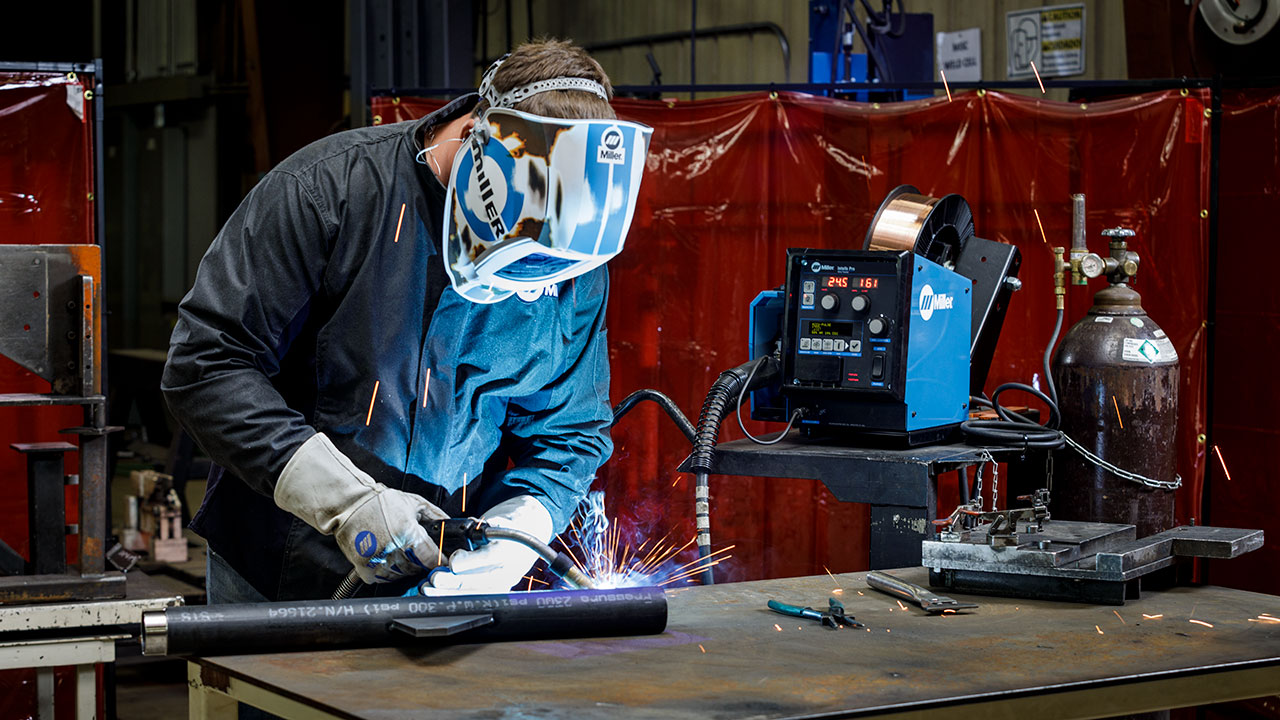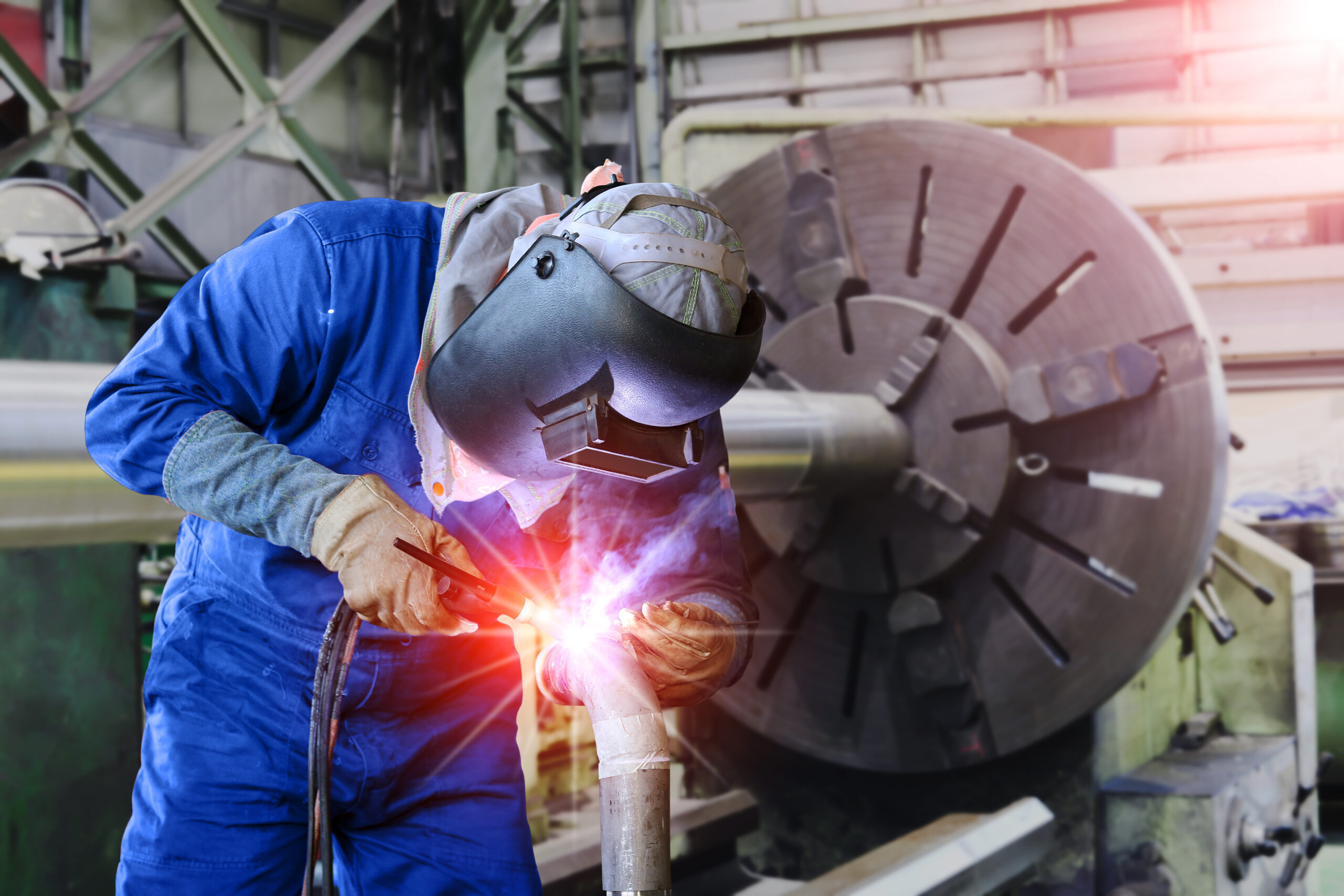The Ultimate Guide to Welding WPS Procedures: A Thorough Review for Welders
In the elaborate world of welding, Welding Treatment Requirements (WPS) act as the foundation of making certain high quality, consistency, and safety and security in welding procedures. Recognizing the nuances of developing, carrying out, and keeping an eye on WPS treatments is essential for welders seeking to elevate their craft and meet industry criteria. As we dive into the various parts of a WPS and explore the intricacies of certification and accreditation, we will discover the essential role these treatments play in the world of welding. Let's start a journey to untangle the complexities and importance of WPS procedures in welding practices.
Significance of WPS Procedures
Understanding the relevance of Welding Procedure Requirements (WPS) treatments is critical for making certain the high quality and stability of welded structures. WPS procedures offer as a roadmap for welders, describing the needed actions, specifications, and materials needed to achieve an audio weld. By adhering to WPS guidelines, welders can guarantee uniformity in their job, leading to reliable and structurally sound welds.
One of the key factors why WPS procedures are necessary is their function in preserving weld top quality and honesty. Complying with the specified welding parameters and strategies laid out in the WPS helps stop flaws such as porosity, cracking, or incomplete combination, which can endanger the strength and resilience of the weld.

Elements of a WPS
A Welding Procedure Requirements (WPS) typically comprises essential components that detail the particular needs for implementing a weld, ensuring uniformity and top quality in the welding procedure. The essential parts of a WPS consist of necessary variables such as base steels, filler metals, interpass and preheat temperatures, welding processes, protecting gases, welding settings, and post-weld warmth therapy needs.
Base steels describe the materials being signed up with, while filler steels are utilized to fill up the gap in between the base steels throughout welding. Preheat and interpass temperatures are critical for regulating the warm input and stopping issues like splitting or distortion. The welding procedure lays out the certain strategy to be made use of, whether it's gas metal arc welding (GMAW), shielded steel arc welding (SMAW), or another method. Protecting gases protect the weld pool from climatic contamination. Welding positions specify the orientations in which welding can be performed. Post-weld heat therapy might be essential to alleviate stresses and boost the weld's properties. An extensive understanding of these components is crucial for developing a thorough and effective WPS.

Qualification and Accreditation
Having established the essential elements of a Welding Treatment Spec (WPS), the emphasis now changes towards the vital facets of qualification and accreditation in welding practices.

Accreditation, on the other hand, is the official recognition of a welder's qualifications by an appropriate qualification body more info here or company. Welding certifications are usually based upon the details welding procedures, materials, and positions a welder is certified to deal with. Holding a legitimate welding accreditation demonstrates that a welder fulfills market standards and is competent to do welding jobs to the needed specs.
Producing a WPS
To create a Welding Treatment Specification (WPS) that satisfies sector standards, cautious factor to consider of welding processes, materials, and operational criteria is necessary. The initial step in producing a WPS is to recognize the welding procedure to be made use of, such as gas steel arc welding (GMAW) or protected metal arc welding (SMAW)

Carrying Out and Checking WPS
Upon wrapping up the detailed Welding Procedure Requirements (WPS) that thoroughly information welding procedures, materials, functional parameters, and top quality assurance measures, the focus moves to efficiently carrying out and keeping an eye on the well-known procedures. Application involves guaranteeing that all welders entailed in the job know with the WPS and follow it carefully during the welding procedure. This needs giving ample training and supervision to guarantee adherence to the specified treatments. Keeping track of the WPS includes continuous oversight to validate that welding activities align with the recorded specs. Evaluations, testing, and quality control actions are necessary components of the surveillance process to determine any type of deviations or concerns immediately. Regular audits and evaluations of the welding procedures assist in keeping uniformity and top quality throughout the project. Effective execution and monitoring of the WPS are essential for making sure the integrity, stamina, and safety and security of the welded joints, ultimately adding to the total success of the welding task.
Conclusion
Finally, understanding and complying with Welding Procedure Requirements (WPS) is essential for welders to guarantee top quality, uniformity, and safety and security in their job. By knowing the elements of a WPS, getting appropriate credentials and certifications, producing in-depth procedures, and applying and monitoring them properly, welders can enhance their abilities and effectiveness in welding practices. Sticking to WPS treatments is necessary for producing high-quality welds and meeting industry requirements.
In the complex world of welding, Welding Treatment Specs (WPS) serve as the foundation of ensuring high quality, uniformity, and security in welding operations. The welding procedure details the details method to be made use of, whether it's gas metal arc welding (GMAW), secured metal arc welding (SMAW), or another technique.To develop a Welding Treatment Spec (WPS) that meets market criteria, cautious factor to consider of welding processes, materials, and functional specifications is essential. The first step in creating a WPS is to identify the welding process to be made use of, such as gas steel arc welding (GMAW) or protected metal arc welding (SMAW)Upon settling the extensive Welding Treatment Requirements (WPS) that diligently details welding processes, materials, operational specifications, and high quality assurance steps, the focus shifts to effectively executing and checking the well-known treatments.